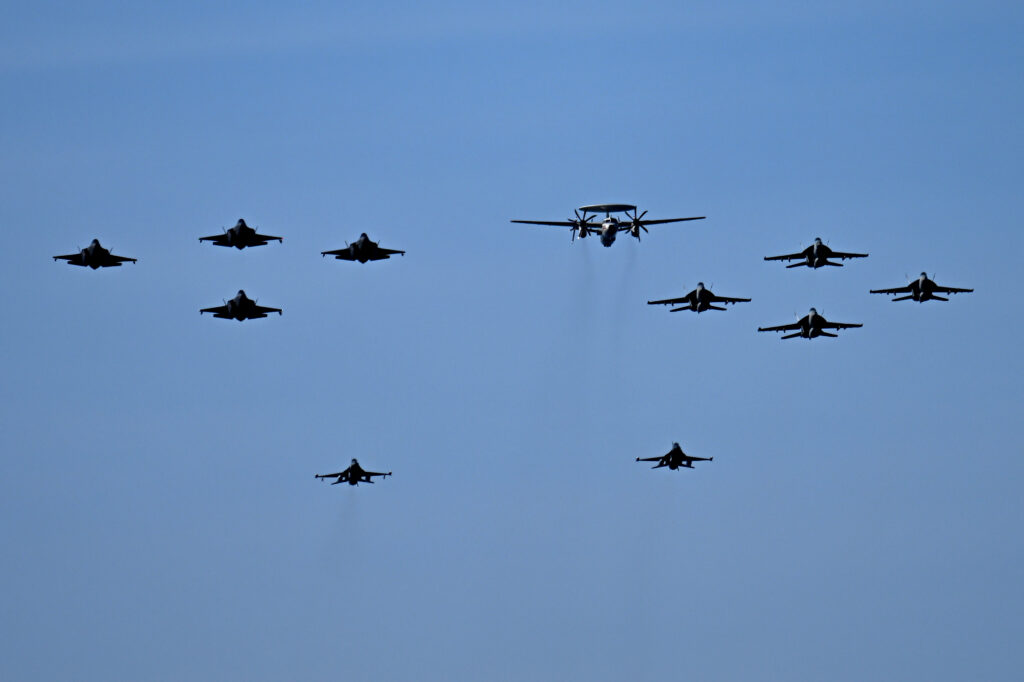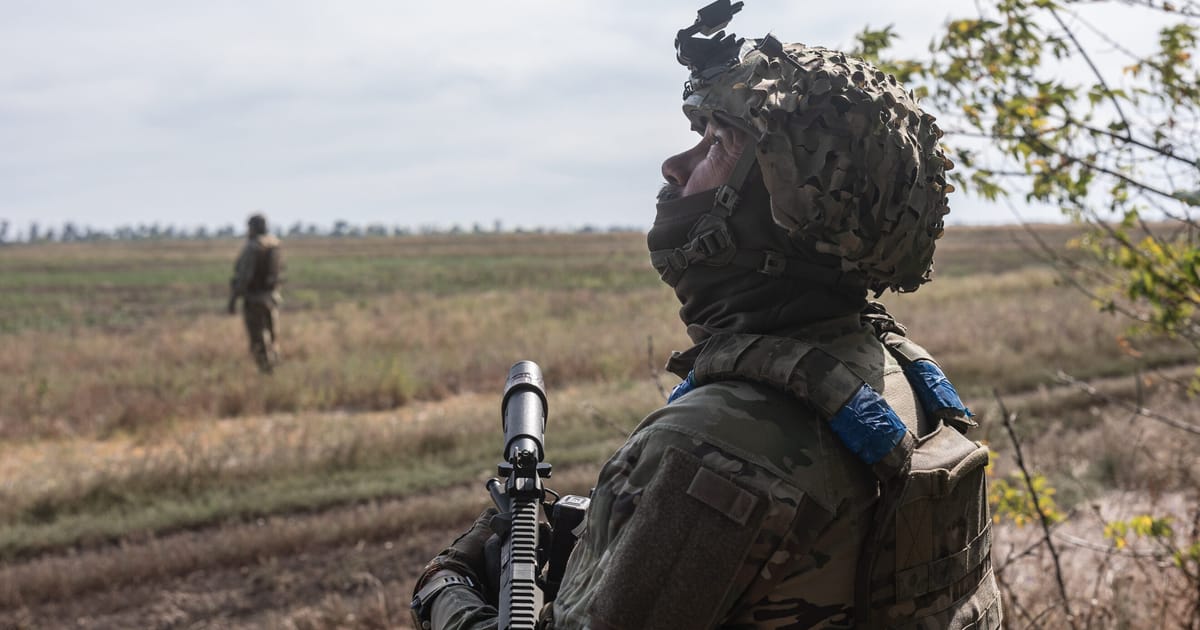Then, in the first half of this year, the attacks declined significantly, likely reflecting Moscow’s assessment that U.S. President Donald Trump’s return to office would weaken support for Ukraine. And, indeed, it did — Washington ended its military and economic assistance to Ukraine and sought a diplomatic conclusion to the war that accepts many of Moscow’s conditions.
But even as the U.S. shifted course, Europe’s commitment to Ukraine has remained steadfast — and even increased: Key European countries are now seriously discussing the deployment of a significant security force in Ukraine once fighting ends; European governments, led by Germany, are sending large amounts of weapons to Ukraine — including some bought from the U.S.; financial support for the country’s economy and rapidly expanding defense industry is growing; additional sanctions are in the offing; and the EU is seriously considering seizing Russia’s frozen assets.
Faced with such staunch commitment, Putin is now pushing even harder.
It’s probably no accident this all started after the Russian leader’s Alaska meeting with Trump, where he assessed the U.S. was unlikely to resist further escalation from Moscow. And clearly, escalation there has been: Since that meeting, Russia’s bombing of Ukraine has intensified— including the largest drone and missile attack of the war, which came in early September. And even as his military efforts inside Ukraine grew increasingly brazen, Putin decided to test Europe and NATO.
 Another action is to make clear that any further Russian incursion into European airspace, territory or maritime domain will lead to military action designed to destroy or disable the violating system in question. | Federico Gambarini/Picture Alliance via Getty Images
Another action is to make clear that any further Russian incursion into European airspace, territory or maritime domain will lead to military action designed to destroy or disable the violating system in question. | Federico Gambarini/Picture Alliance via Getty Images
First, Russia sent 19 drones across the Polish border on Sept. 10, followed by another drone crossing the Romanian border a few days later. Then, last week, three Russian MiG-31 warplanes crossed into Estonian airspace and loitered for 12 minutes (Though used as an interceptor, the MiG-31 is capable of carrying and launching the Kinzhal hypersonic missile that Russia has repeatedly used against Ukraine).
In all three instances, European forces met the military test of effectively neutralizing the threat, including shooting down some of the drones headed toward an air base in Poland. But NATO countries failed the political test.
